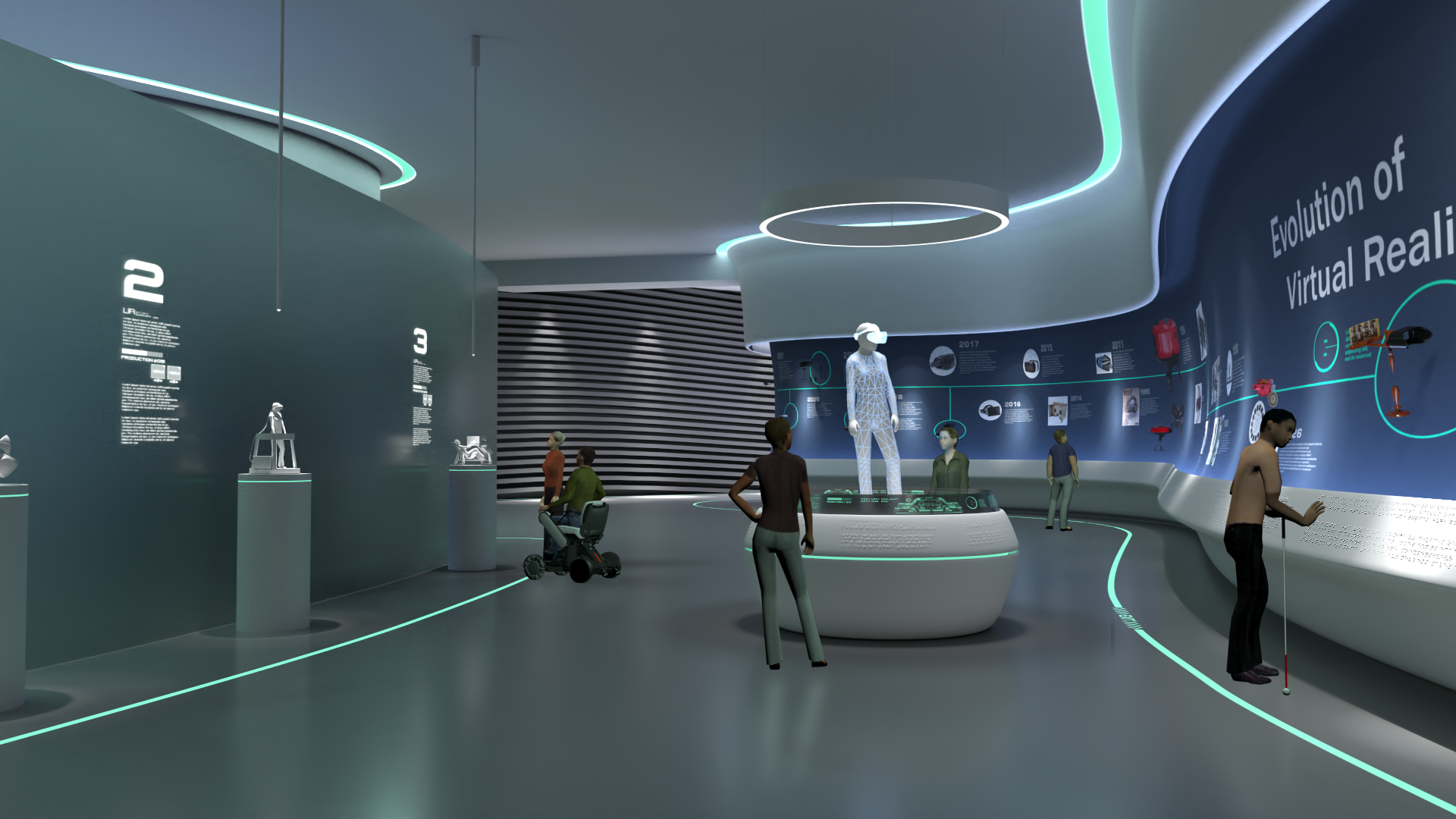
Input
- using 1D Continuous Controls
- using 1D Continuous Controls
Annotated Bibliography
COPY currently shown bibliography
Fleming, A., Huang, S., Buxton, E., Hodges, F., & Huang, H. (2021). Direct continuous electromyographic control of a powered prosthetic ankle for improved postural control after guided physical training: A case study. Wearable Technologies, 2, E3. doi:10.1017/wtc.2021.2
- Despite the promise of powered lower limb prostheses, existing controllers do not assist many daily activities that require continuous control of prosthetic joints according to human states and environments. The objective of this case study was to investigate the feasibility of direct, continuous electromyographic (dEMG) control of a powered ankle prosthesis, combined with physical therapist-guided training, for improved standing postural control in an individual with transtibial amputation. This case study showed the feasibility of this dEMG control paradigm of a powered prosthetic ankle to assist postural control. This study lays the foundation for future study to extend these results through the inclusion of more participants and activities.
'A Joy for him': Boy with Cerebral Palsy can Now Walk and Play Using this Exoskeleton. https://www.euronews.com/next/2022/10/20/a-joy-for-him-boy-with-cerebral-palsy-can-now-walk-and-play-using-this-exoskeleton
- A new robotic exoskeleton helped to restore movement in a child who has cerebral palsy. Physical therapists who worked with the exoskeleton report that its success motivates them to continue exploring the potential of neurorobotic rehabilitation with children.